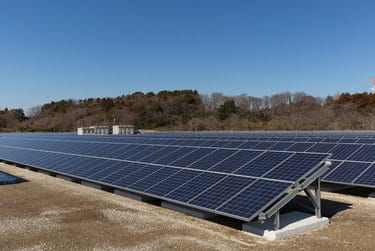
A new study by the U.S. Department of Energy’s Lawrence Berkeley National Laboratory (Berkeley Lab) has found that a cost-effective cocktail in the utility-scale PV segment has driven average solar costs down to an all-time low of just $0.05/kWh.
Lower installation costs, improved project performance and a rush to build large-scale solar farms ahead of the Investment Tax Credit (ITC) phase-down at the end of 2016 have contributed to this sharp decline in solar costs, the report adds.
Average wholesale electricity prices across the U.S. range from $0.03 – $0-06/kWh depending on the region. The cost of solar would be higher if the 30% ITC incentive was removed, the Berkeley Lab study found. The Southwest regions of the U.S. see the deepest correlation between sizable solar resources and declining PPA prices, but even markets in Arkansas and Alabama have enjoyed solar PPAs of between $0.05 – $0.06/kWh.
Drawing upon empirical data gleaned from analyzing U.S. solar projects larger than 5 MW, the “Utility-Scale Solar” report also found that installed project costs have fallen by more than 50% since 2009, with median upfront costs dropping from $6.3/W in 2009 to $3.1/W for projects completed last year, with some falling as low as $2/W.
The report also looked at the efficacy of newer solar projects and found that those completed in 2013 performed at an average capacity factor (AC) of 29.4% last year. In comparison, solar farms connected in 2011 and 2012 performed at factors of 24.5% and 26.3% respectively. A combination of several trends have created these higher efficiencies, including better siting for newer plants, better and/or more tracking technology, and an accurate oversizing of the solar collector field.
Furthermore, a solid solar pipeline of projects under construction is serving to boost confidence and competitiveness throughout the PV industry, which in turn is helping to deliver lower costs, the report adds. At the end of 2014 approximately 45 GW of solar capacity was making its way through various interconnection queues, with a notable increase in activity in markets beyond the solar stronghold in California and the Southwest, notably in Texas and the Southeast.
Source: PV Magazine. Reproduced with permission.










